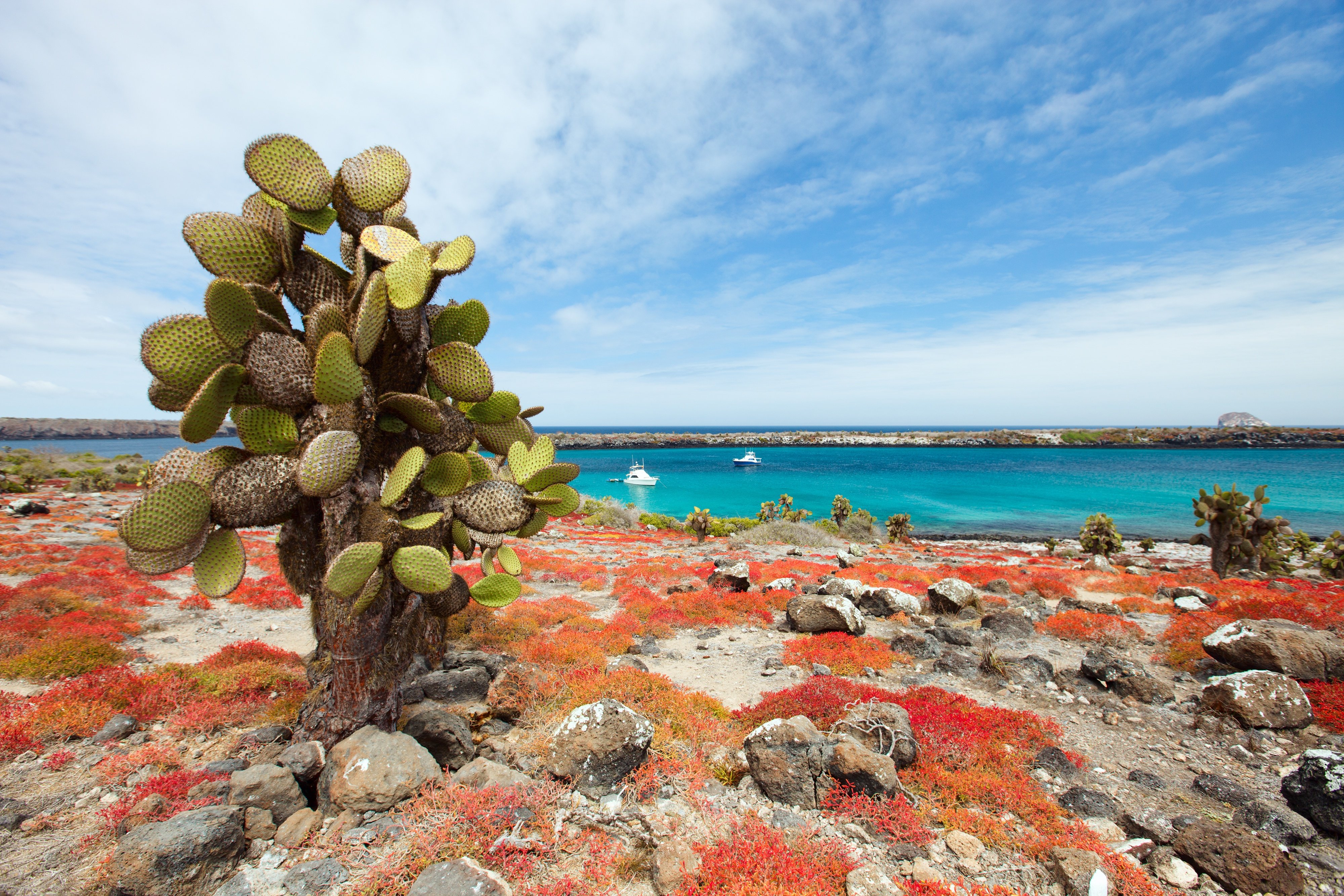Spanning over 70,000 square miles, the Pantanal is the largest wetland in the world. A huge portion of it is in Brazil, and a small part of it is in eastern Bolivia and northern Paraguay. In Brazil, the region covers two states; Mato Grosso and Mato Grosso do Sul. This forms northern and southern Pantanal. The Pantanal is famous for being the home of a huge variety of rare plants and animals and for being a UNESCO World Heritage Site. The best part about the Pantanal is that the animals are often all laid out in the open, instead of being hidden in the jungle like they are in the Amazon. This makes it one of the best places to see wildlife in South America. If you are planning on visiting Pantanal, here is everything you need to know.

Climate In Pantanal
The Pantanal is located in the Southern Hemisphere, meaning its seasons are reversed from North America. The region experiences a tropical climate with hot, rainy summers from November to March and dry, sunny winters from May to August. Let's explore each season in more detail:
Spring
Having a reversed climate, the spring in Pantanal start from mid- August up until mid- November. During this period, the region begins to experience the hottest period, whereby the temperatures reach 34°C up in the north whereas in the south the temperatures drop but the peaks are usually around 40°C. However, it is not until October, when the region gets its first drops of rain, who reach around 130 mm on average.
Summer
The summer season starts from Mid November up until the end of March. The season is characterized by a lot of heat, humidity and a lot of rain which most of the time cause floods which most of the time preclude the accessibility to get around. Even though the season is characterized by lots of rainfall, the highest temperatures have been recorded, reaching around 40°C.
Autumn
Autumn starts from April up until mid-May and is characterized by a drop of temperatures and an intensification of rain. The average temperature reaches a maximum of 30°C.
Winter
The winter season in Pantanal starts, from Mid- May up until Mid- August and is not so much characterized with rainfall. The temperatures fluctuate and differentiate depending on the regions, however, the average ranges from 28°C to 32°C.
Although it does not get much rain, the Pantanal has many rivers that overflow during rainy seasons, providing enough water throughout the year to help it retain its title as the world's largest wetland.
Pantanal Wildlife
The wildlife you will see in the Pantanal depends on when you go there. Here are some of the animals you can expect to see:
1. Birds: You will definitely see lots of macaws and toucans, and sometimes, jaribu storks and rheas. Other bird species you can expect to see include terns, herons, kingfishers, egrets, hawks, cardinals, cormorants, among others, although most of these depend on the season in which you are there.

2. Reptiles: You will definitely see lots of iguanas and caimanas when you take boat trips. You can also spot some snakes, and if you are lucky, you may see an anaconda.
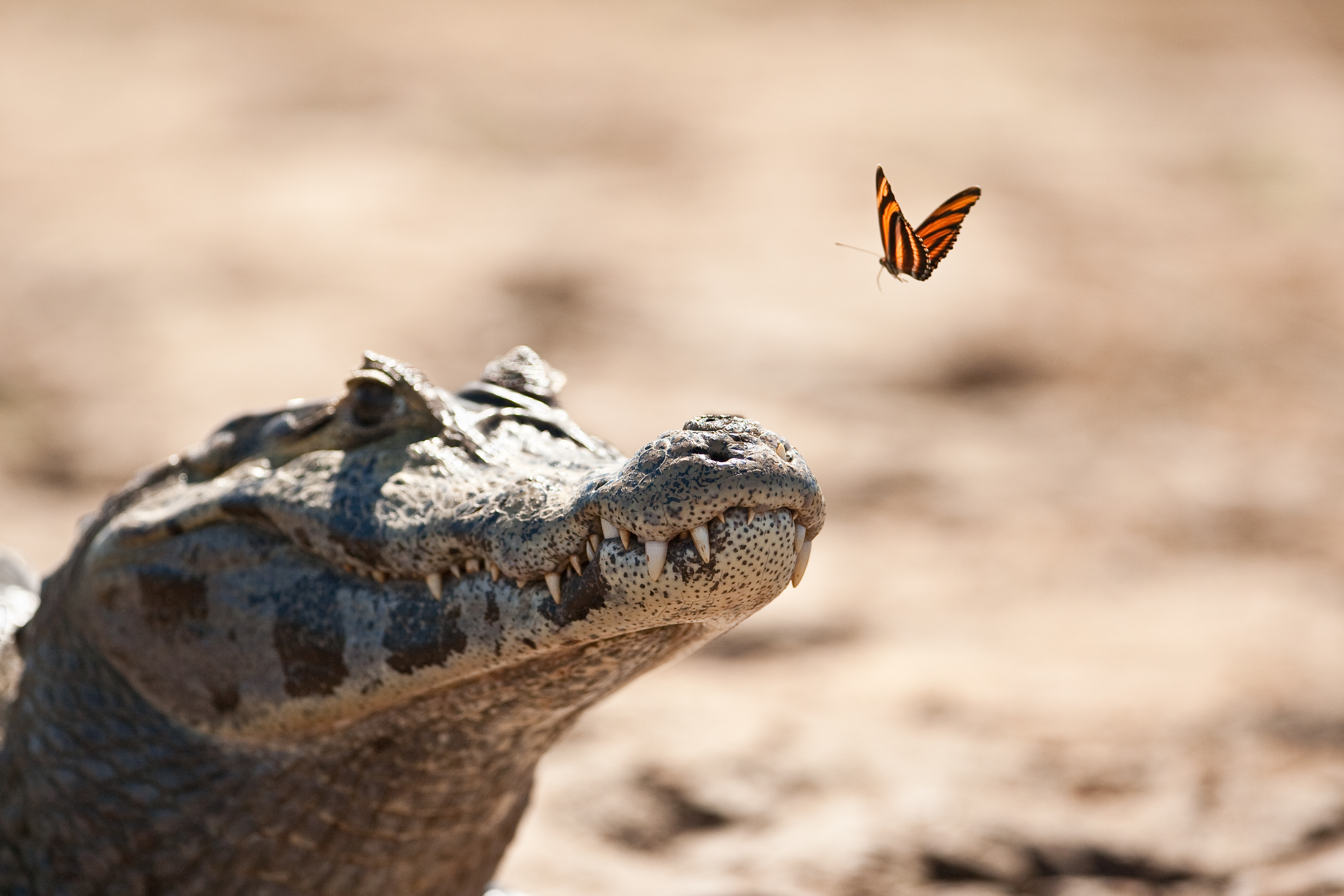
3. Mammals: There are plenty of mammals in the Pantanal. You will see giant otters, bush deer, armadillos, capybaras, pecaries, coatis, agouti, more monkeys than you can name, and many, many other mammals. Depending on the season, you may also see jaguars, giant anteaters, and the elusive ocelots.

Northern Versus Southern Pantanal
As stated before, the Pantanal covers two states in Brazil: Mato Grosso and Mato Grosso do Sul. This forms the northern and southern Pantanal. Here is what you need to know about these regions:
1. Northern Pantanal
To get to northern Pantanal, you will fly to Cuiaba, the capital of Mato Grosso. It is also where you can catch a flight to southern Pantanal if you want to visit both regions on the same trip.
From Cuiaba you will transfer about 60 miles to Pocone. From there, you will have to take the Transpantaneira highway into northern Pantanal. Keep in mind that most of the Pantanal is inaccessible by road, and the Transpantaneira is actually one of your best options, even though it is narrow and dusty. However, you get to be immersed in the wildlife from the get-go, with many animals and birds along the Transpantaneira.
There is so much to see in northern Pantanal. From birds like storks, herons, kingfishers, and egrets, to animals like armadillos, tapirs, foxes, caimans, and giant anteaters, there is so much to feast your eyes on. You will also see birds of prey, beautiful parrots and lots and lots of monkeys every time you look up into the trees.
When you go down the Cuiaba River, you will enter the region with the largest jaguar population in the world. There is no better place to watch for jaguars, as they are used to boat sounds here and they completely ignore you as they hunt or relax in the sun.
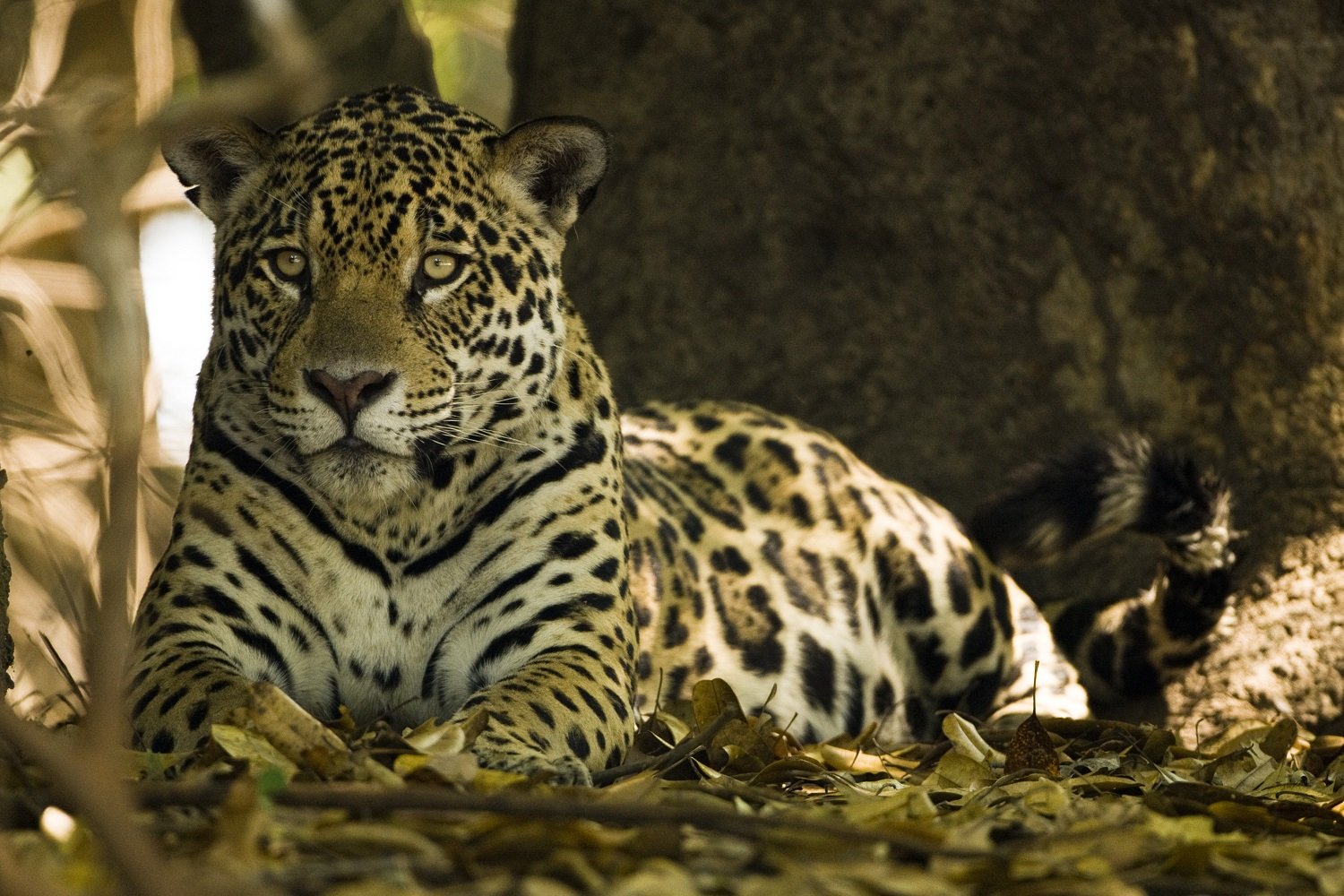
2. Southern Pantanal
The gateway to southern Pantanal is Campo Grande. It is a 2-hour drive from Campo Grande, the capital of Mato Grosso do Sul. Fazenda San Francisco is a farm and an ecolodge all rolled into one.
Here you can experience an intense immersion into the ecology of the region. Wildlife roams freely and interacts with human environments. You can see everything from giant anteaters, yellow armadillos, and beautiful macaws. If you are lucky, you will also spot ocelots basking in the sun or hunting for rats in the rice fields.
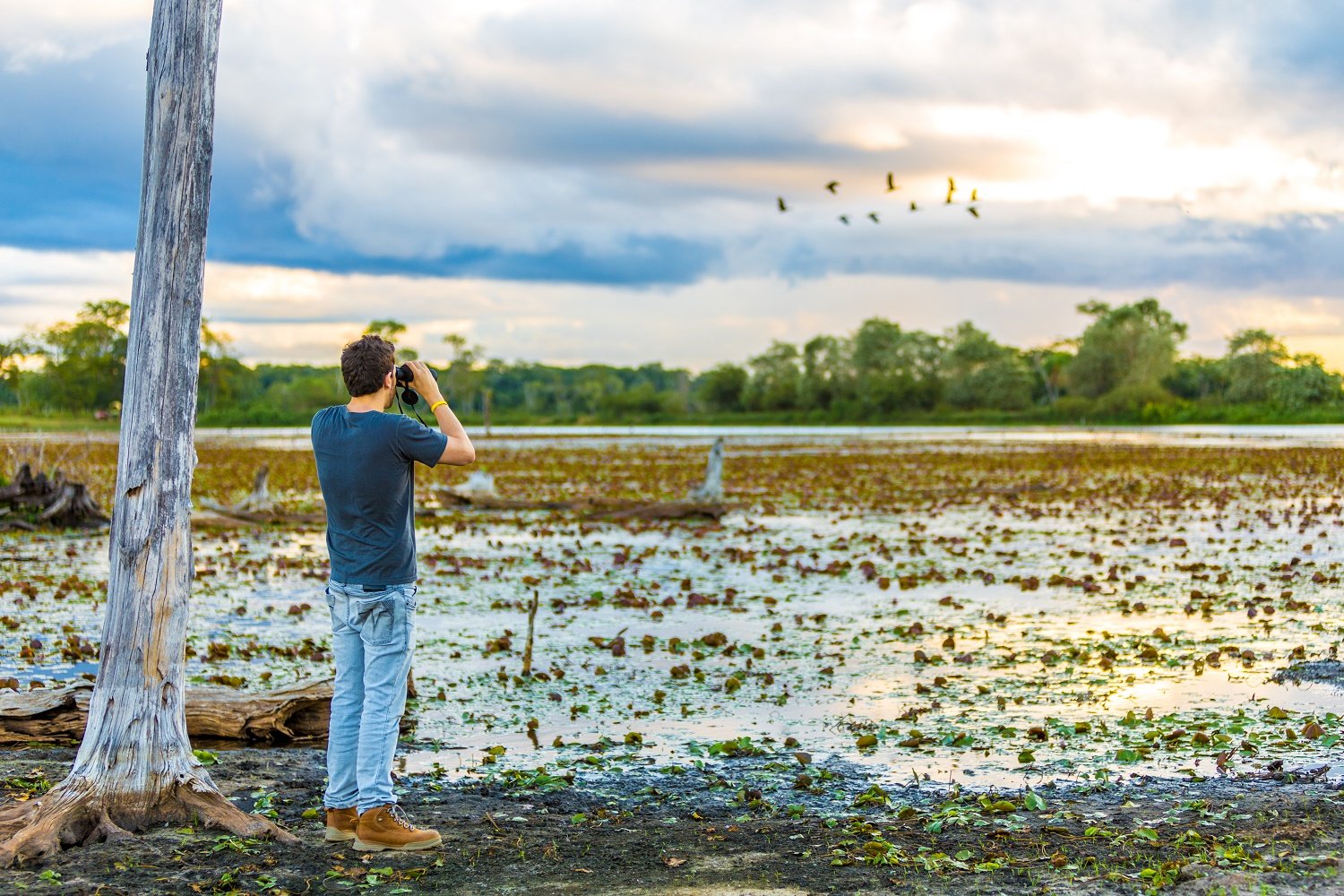
When To Visit Pantanal
The best time to visit the Pantanal is from mid-May to mid-August. During this time, the region experiences the austral winter, which means it is the coolest and also the driest time of the year. Autumn is a good time to head there too, although there may be some showers a few times over that period.
You should also remember that while days in Pantanal can get pretty hot, the nights can get really cold sometimes. So, when you go, dress in layers during the day and carry enough warm bedding for a possible cold night.
If you want to see lots of birds, head on down during the dry season. This is their nesting and breeding season, and they are noisy and abundant in large numbers.
For mammals, find them when it is driest. During these times, they will usually congregate along the rivers because that is their only source of water. You will be able to see many of them from your boat. The worst time for mammals is immediately after a rainy season when the rivers burst their banks.
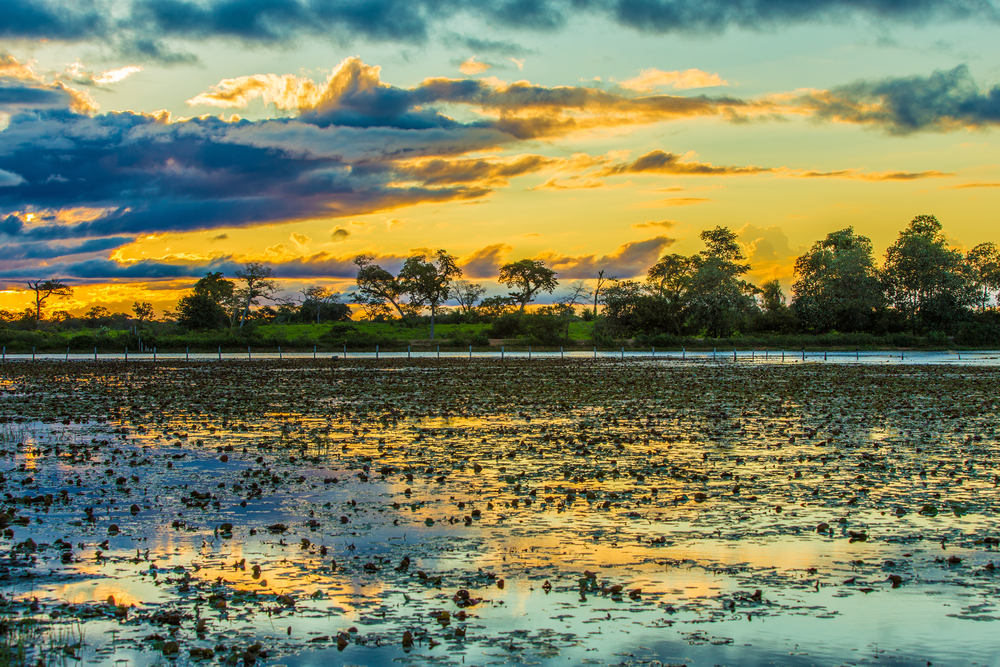
Places To Stay In Pantanal

There is very limited tourism infrastructure in the Pantanal regions of Bolivia and Paraguay, mostly because it covers a very small area in these countries. This means that if you want to experience the best that the Pantanal has to offer, you need to head to Brazil.
The best way to experience the Pantanal is to stay on a fazenda. There are several fazendas in the region that have comfortable lodges and guides on hand to help you get the most out of your stay. Here are a few of the best ones:
Northern Pantanal
Baiazinha Lodge
Mutum Expeditions Boat
Southern Pantanal
Fazenda San Francisco
Fazenda Barranco Alto
Jaguar Spotting Programs

SouthWild Jaguar Extreme
The SouthWild reserve covers 3,025 hectares (7,467 acres), making it the largest privately-owned Jaguar conservation area on the Three Brothers River, the most Jaguar-rich watershed in the world. This reserve also includes 100% of the neighboring, Jaguar-packed "Black Channel" ("Corixo Negro" in Portuguese}, a locality that appears on many online Jaguar reports. Overnight SouthWild Pantanal Lodge and Jaguar Retreat.
SouthWild Jaguar Extreme program itinerary and details.
Baiazinha Lodge and Araras Eco Lodge – 7-Day Jaguar Safari
This program intends to take the visitor to explore the Paraguay River with its stunning landscapes, in the vicinity of the Taiama Ecological Reserve, well known as very rich in biodiversity with remarkable very well preserved jaguar population.
The combination of the Pantanal ecosystem, particularly Araras Eco Lodge reserve, and the Paraguay River region, comes together to the combination of the flora and fauna of wet and dry land. It is a must for those seeking to know many of the diversity of Pantanal. In these fields, the presence of the Giant anteater and the tapir, biggest mammals of South America and numerous species of birds, compound an unforgettable combination.
Baiazinha Lodge – 5-Day Jaguar Safari
A shorter safari with four nights at Baiazinha Lodge. Days will be spent exploring the region in the vicinity to the Taiama Ecological Reserve with a dense jaguar population, close monitored by the environmental authorities. The chance of spotting the biggest feline in the Americas, although not guaranteed, is high.
Although it is stunningly beautiful and teeming with life, most of the Pantanal is privately owned. Cattle ranchers and farmers own most of it, and this is part of the reason why the region is being protected. Deforestation, erosion, and pollution from farming and damming are leading to the slow destruction of the ecosystem.
Speak with a Pantanal expert at Lost World Adventures about your Pantanal trip.



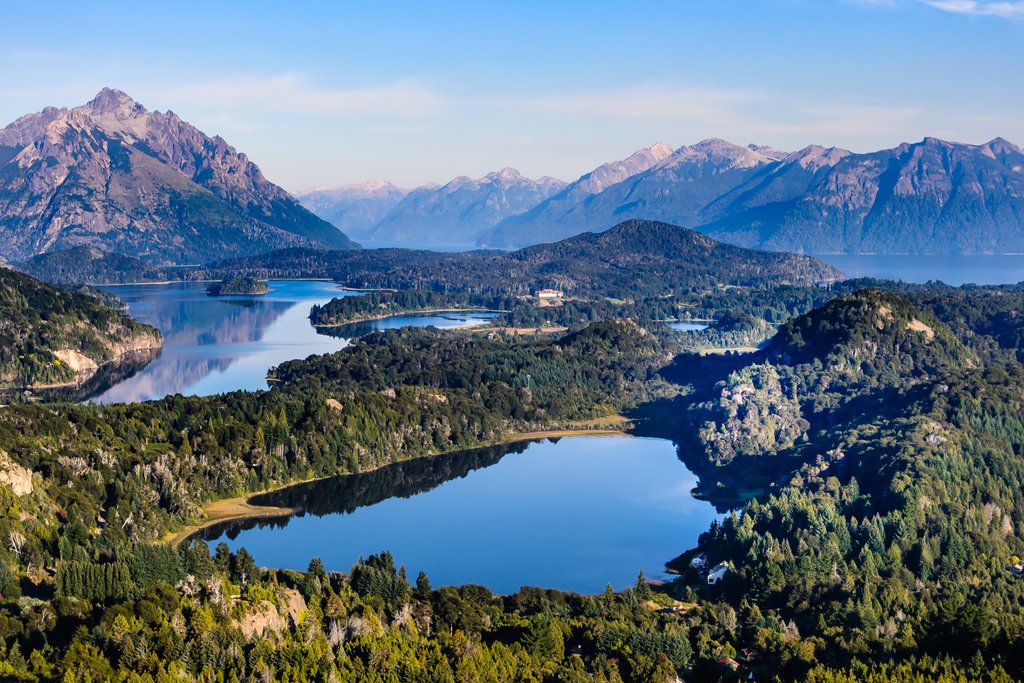
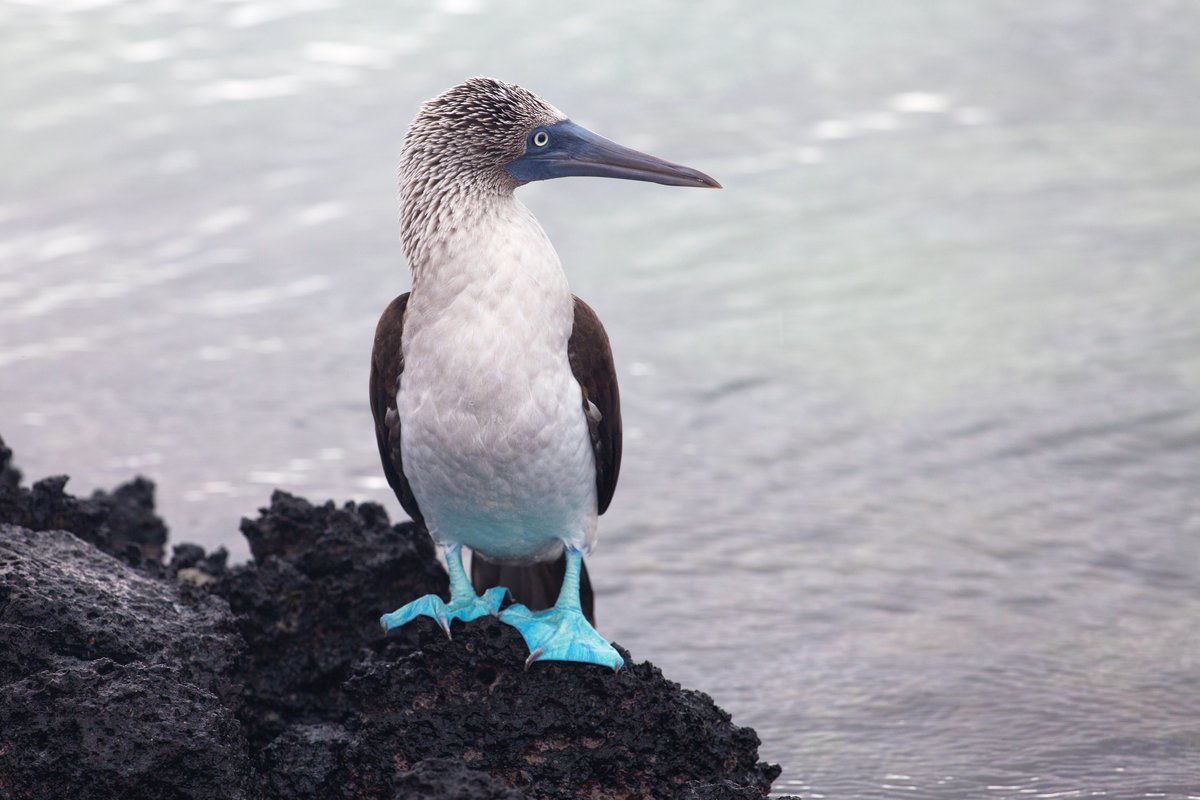
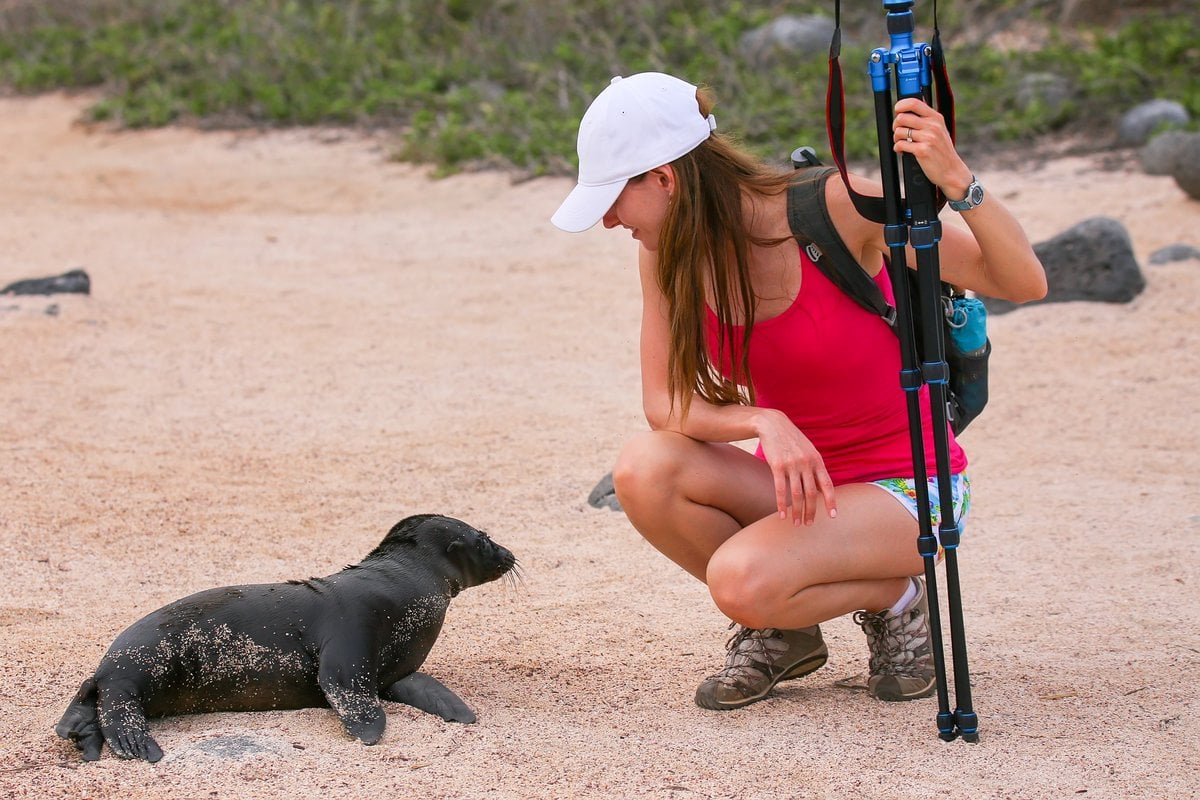
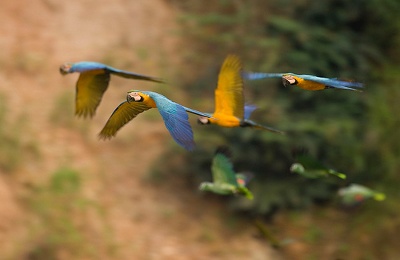

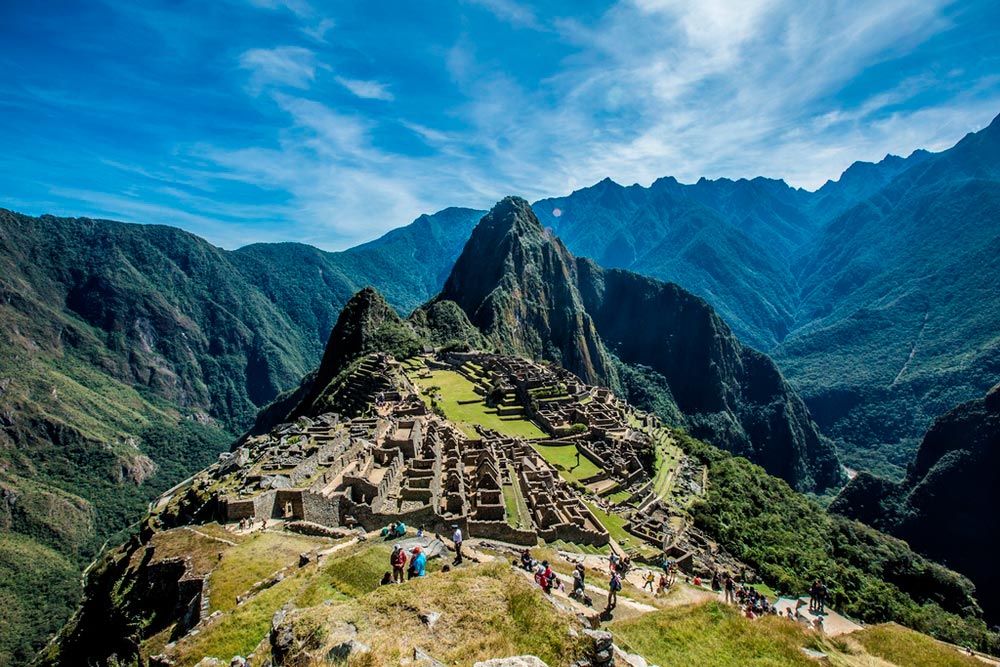
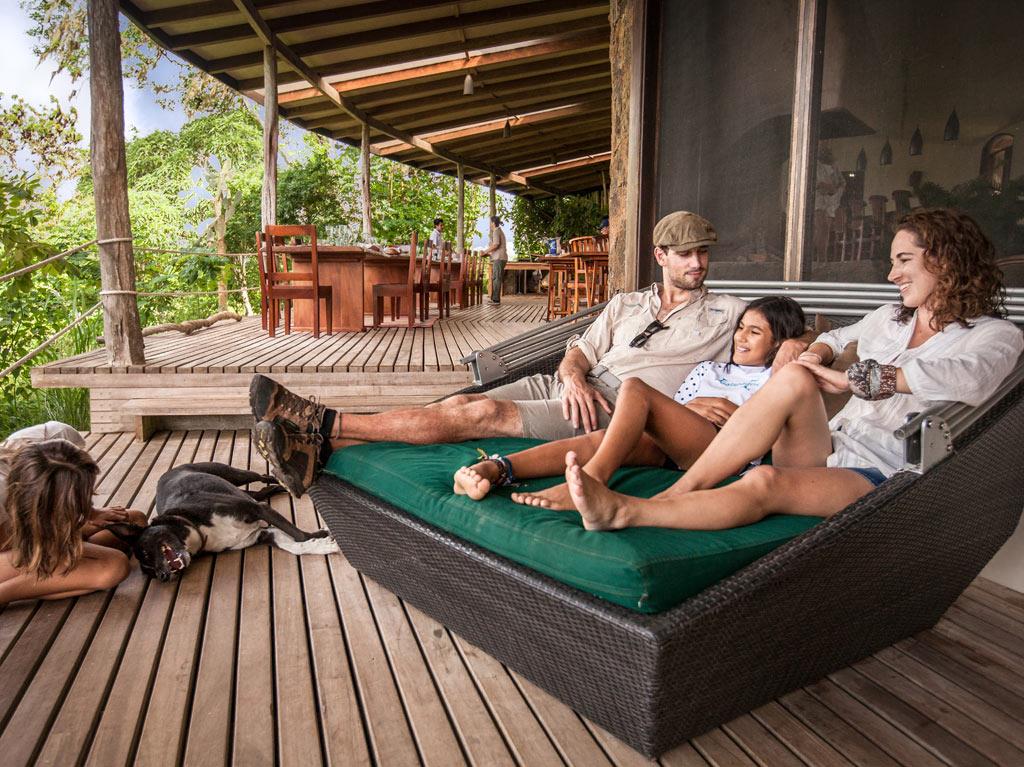
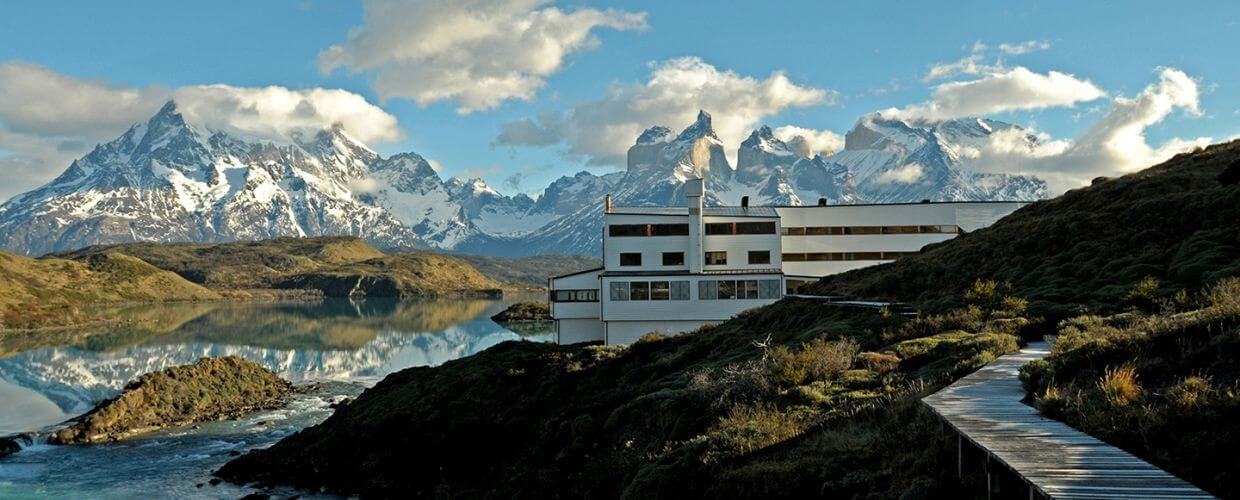
.jpg)

